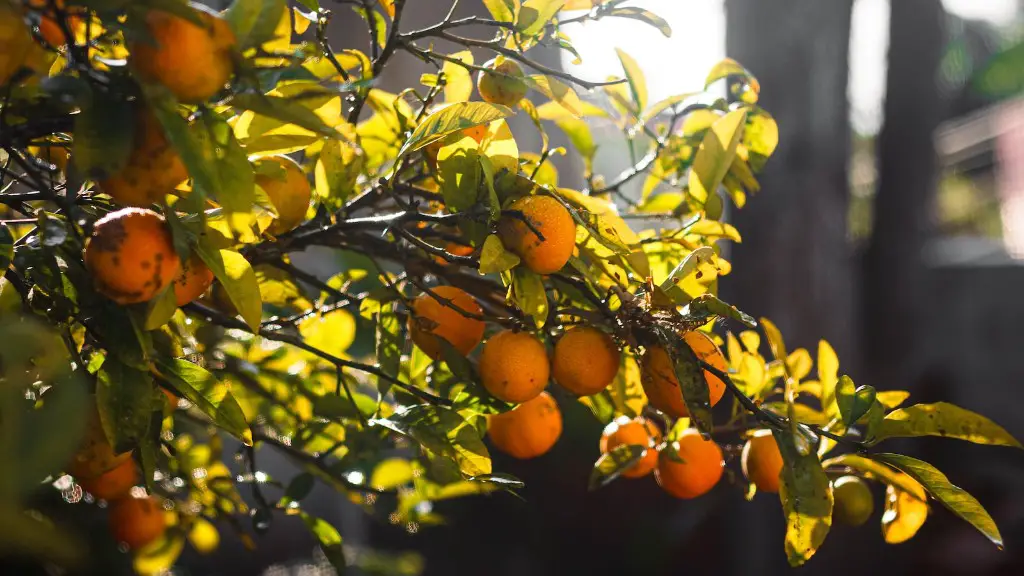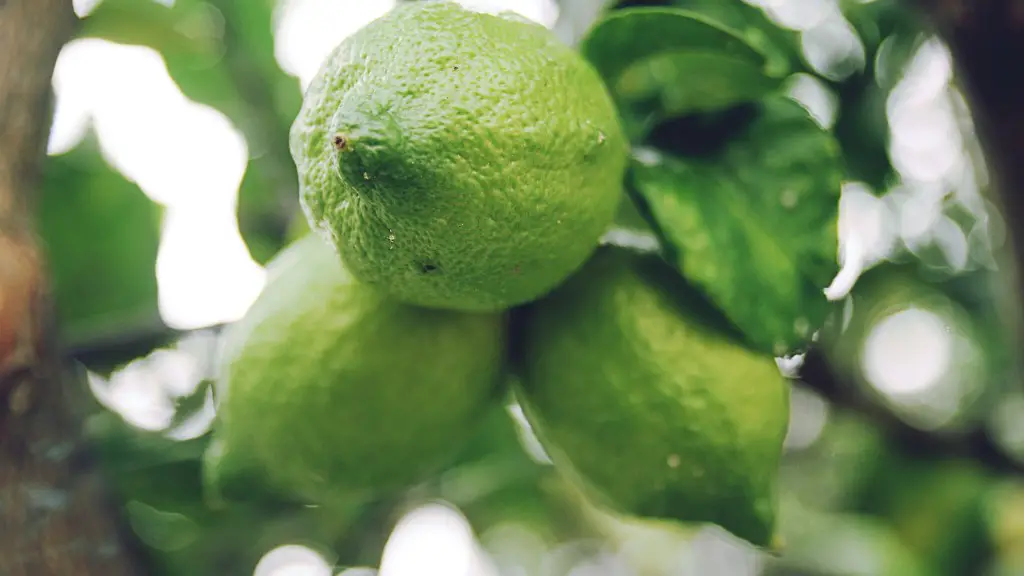Learning how to remove a palm tree without killing it can be a tricky process, but it’s possible if you take the right steps. While people often think that removing a palm tree requires cutting it down at its base, there are a few strategies you can use to ensure the palm tree remains healthy and alive. Here’s what you should know before attempting to remove a palm tree without killing it:
Familiarize Yourself with Different Palm Tree Types
Before attempting to remove a palm tree, it’s important to familiarize yourself with the different species of palm trees. Different species of palm trees may require different approaches when it comes to removing them, so it’s essential to consider the specific type of palm tree before you begin. Moreover, different species may have varying levels of resilience and hardiness, so understanding your specific palm tree will help you determine how best to remove it without causing any damage.
Choose the Right Time of Year
When it comes to removing a palm tree without causing any damage, timing is key. According to landscaping experts, the best time to remove a palm tree is late spring or early summer. During this time, the tree is not prone to as much stress and is not likely to develop root shock. Therefore, opting for a removal in spring or summer can help reduce the stress on the palm tree and ensure it remains healthy during the process.
Protect the Bark
Once you’ve identified the type of palm tree you want to remove and the best time to do it, it’s important to remember that protecting the bark of the palm tree is critical. When removing a palm tree, bark damage can be an issue, so it’s important to wrap the tree’s trunk in cushioning materials. This can help protect the bark of the palm tree and reduce the risk of injury during the removal.
Dig Out the Root Ball
During the palm tree removal process, it’s important to note that the tree’s root ball should be carefully dug out. This process involves digging around the perimeter of the root ball, which can help ensure the palm tree remains intact during the removal. Carefully digging out the root ball can help reduce the risk of damage to the tree and can help minimize the risk of transplant shock.
Check for Insects and Diseases
Before removing a palm tree, it’s important to check it for any insects or diseases that may be present. Unfortunately, if the palm tree is diseased or infested, it can spread to other plants near the site. Therefore, it’s essential to inspect the tree for any issues before attempting to remove it.
Provide Proper Care After Removal
Once the palm tree has been removed, it’s important to provide the tree with proper care. This includes keeping the root ball moist during the transport process and making sure the tree is properly planted in a new location. Additionally, you’ll need to account for the necessary fertilizers and supplements in order to ensure that the tree puts down healthy, strong roots and is provided with the appropriate amount of hydration.
Prune the Tree
Once the palm tree is settled in its new location, it’s important to prune it. This can help improve the aesthetic quality of the tree, as well as its chances of enduring the environment of its new home. Additionally, pruning the palm tree will help reduce the risk of disease and other issues that can damage the tree. Pruning should be done carefully to ensure that the tree remains healthy, and it should be done regularly to maintain the tree’s quality.
Bring in a Professional
If you’re unsure about how to properly remove a palm tree, it may be best to bring in a professional. A professional can help guide you through the process of removing a palm tree without killing it, as well as provide you with additional advice and tips for keeping the tree healthy in its new location.
Use the Right Tools
When taking on a project to remove a palm tree without killing it, it’s important to use the right tools. This includes having a spade, a pickaxe, and potentially a chainsaw. By having the right tools, it is easier to complete the removal process in a safe and efficient manner.
Understand the Soil
Lastly, when attempting to remove a palm tree without killing it, it’s important to understand the soil. In order for a palm tree to remain healthy, it is essential to have proper drainage. Therefore, it’s important to evaluate the soil at your new location and determine if it is suitable for a palm tree before attempting to transplant it.


